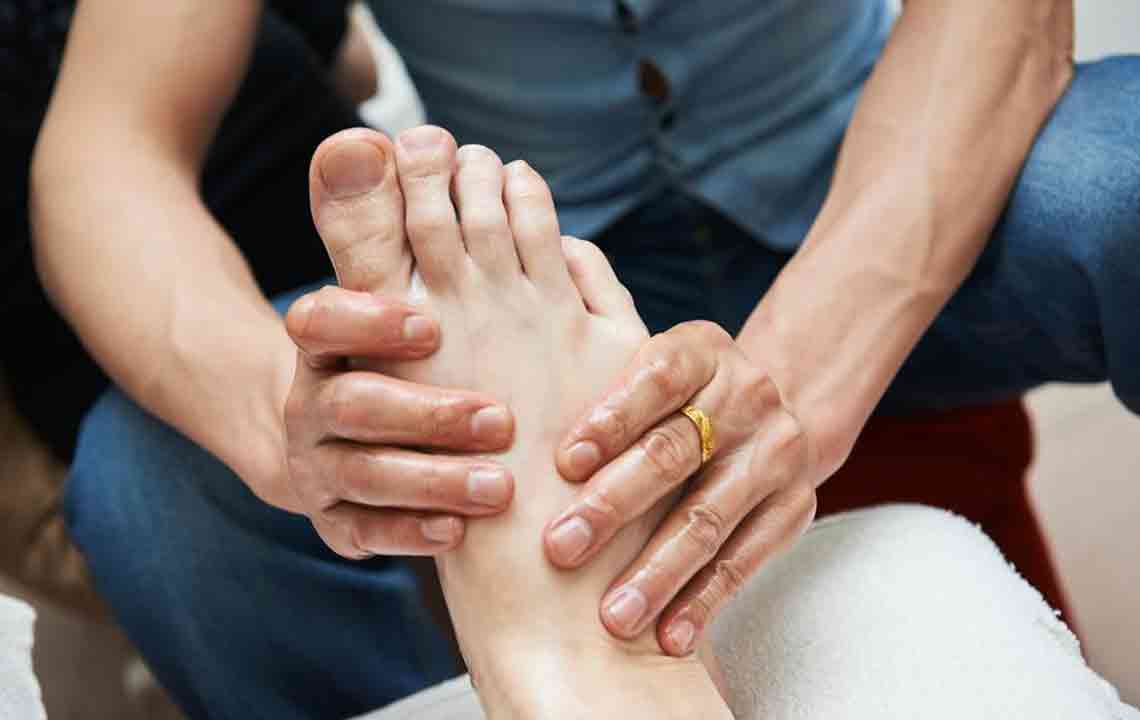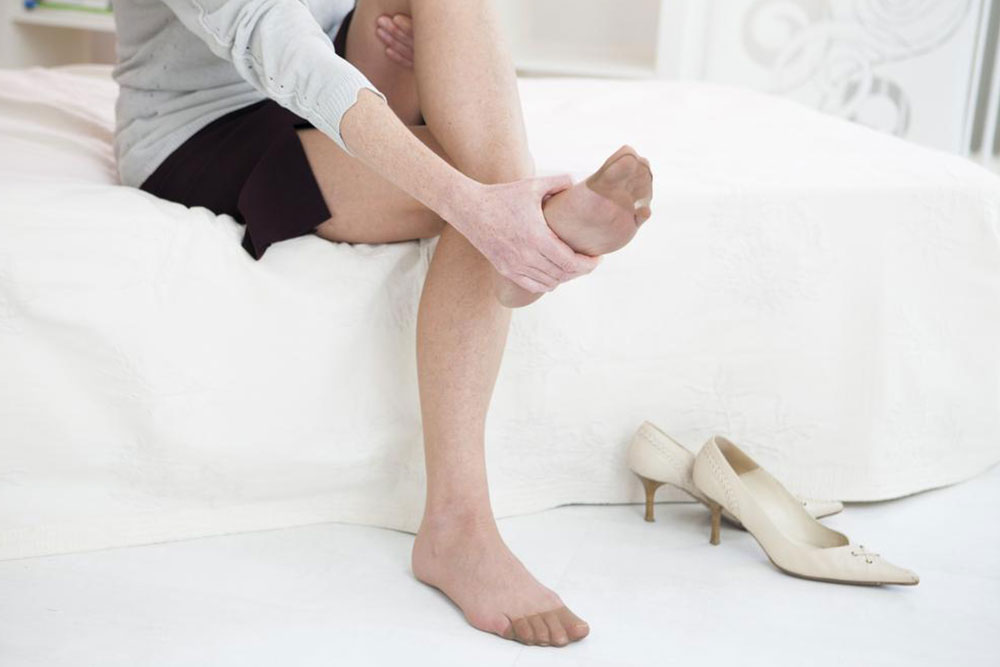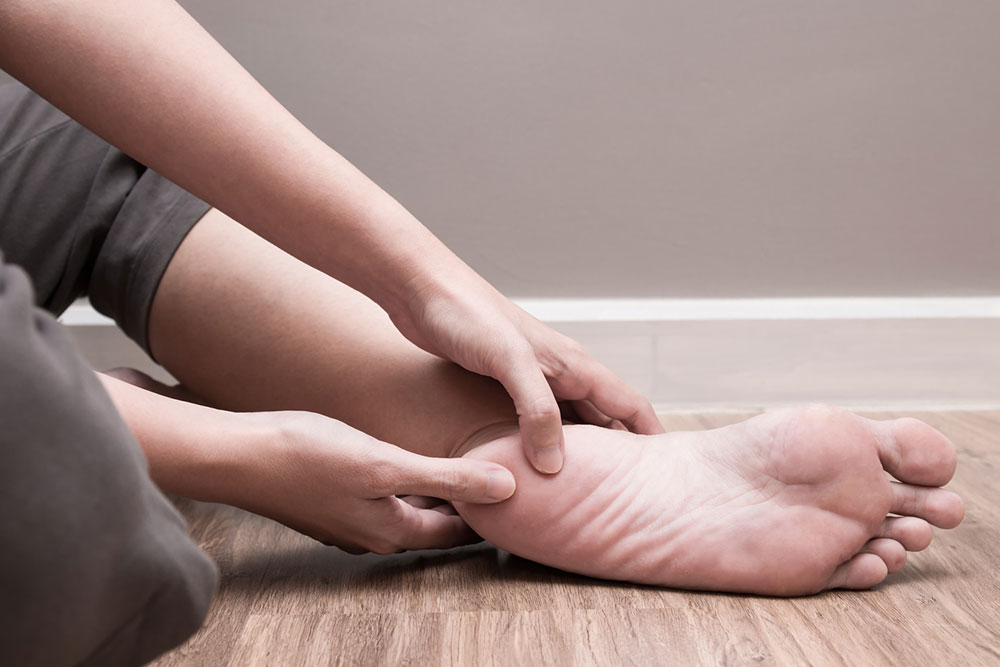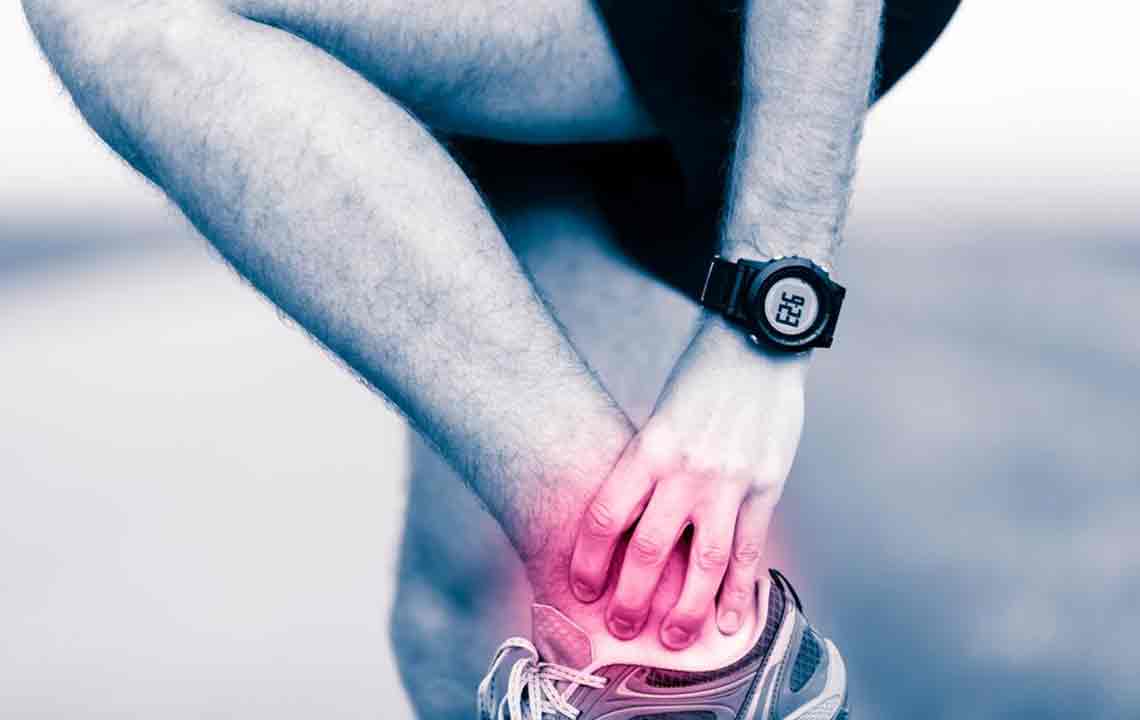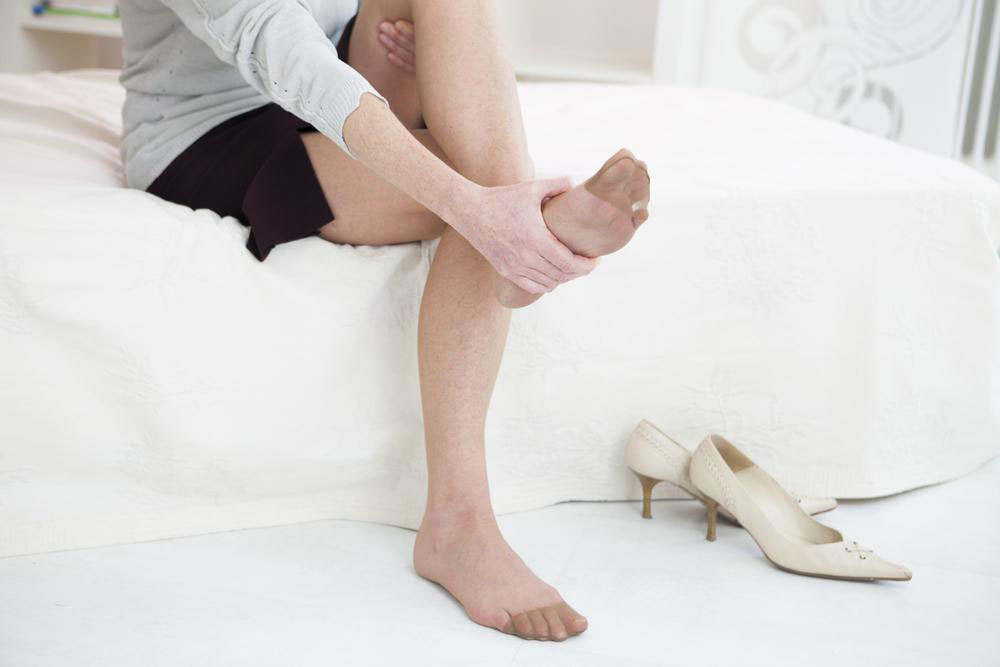Comprehensive Guide to Common Causes and Effective Treatments for Foot Discomfort
This comprehensive guide explores the common causes of foot discomfort including bunions, calluses, gout, plantar warts, flatfoot, and hammertoe. It provides insights into effective diagnosis, treatment options, and preventive strategies to maintain healthy, pain-free feet. Understanding these conditions and seeking timely medical advice can significantly improve quality of life and mobility.

Comprehensive Guide to Common Causes and Effective Treatments for Foot Discomfort
Foot discomfort is a widespread issue affecting millions globally, impacting daily activities and overall quality of life. Walking is one of the most accessible forms of exercise, promoting cardiovascular health, muscle strength, and mental well-being. However, when foot pain occurs, it can significantly interfere with these activities and lead to further health complications. According to recent studies, approximately 75% of adults in the United States will experience some form of foot problem during their lifetime, making foot health a critical aspect of overall wellness.
Understanding the root causes of foot pain is essential for effective management and prevention. Many of these issues are preventable and can be addressed with appropriate care, lifestyle adjustments, and medical intervention. In some cases, congenital deformities or injury may contribute, but a majority of foot discomfort arises from neglect, improper footwear, or repetitive strain. Recognizing early symptoms and seeking timely treatment can help avoid more severe complications and ensure a pain-free lifestyle.
Proper diagnosis by healthcare professionals is vital for effective treatment of common foot conditions. Below, we explore some of the most prevalent causes of foot pain, as well as recommended remedies and preventive measures:
Bunions: A bunion manifests as a prominent bony protrusion at the base of the big toe, typically caused by joint dislocation or misalignment. This deformity develops gradually and often worsens over time, leading to the toe turning inward toward neighboring toes. Pain from bunions can be exacerbated by arthritis and pressure from footwear. Treatment options range from conservative approaches, such as wearing wide shoes, using padding or orthotics, and taking anti-inflammatory medications, to surgical procedures like bunionectomy in severe cases where deformity causes significant discomfort or functional impairment.
Calluses and Corns: These are thickened patches of skin that develop due to repetitive friction or pressure, often resulting from ill-fitting shoes, bunions, or structural deformities. Calluses tend to form on weight-bearing areas, providing a protective response, but can become painful when pressed. Treatments include regular removal by a podiatrist, using protective pads, and addressing underlying footwear issues. Orthotics or surgical interventions may be necessary to correct structural causes behind persistent callus formation.
Gout: Gout is a form of inflammatory arthritis characterized by abrupt, intense pain, swelling, and redness of affected joints, most commonly the big toe. It results from the buildup of uric acid crystals in the joints. Gout attacks can be triggered by certain foods, alcohol, dehydration, or metabolic issues. Managing gout involves anti-inflammatory medications, lifestyle changes such as a low-purine diet, weight management, and medications that lower uric acid levels. Untreated gout can cause joint damage requiring surgical intervention.
Plantar Warts: Caused by the human papillomavirus (HPV), plantar warts appear as painful, rough callused growths on the soles of the feet. They are transmissible through contact with contaminated surfaces like public showers, pools, and locker rooms. Treatment options include topical salicylic acid, cryotherapy (freezing the wart), laser therapy, or surgical removal. Preventative measures involve wearing proper footwear and avoiding walking barefoot in public areas.
Flatfoot (Pes Planus): Flatfoot is a condition where the arch of the foot collapses, causing the entire sole to come into contact with the ground. It can be congenital or develop over time due to injury, tendinitis, or obesity. Symptoms often include pain, fatigue, and difficulty standing or walking for long periods. Treatment strategies encompass custom orthotics, supportive footwear, physical therapy, and, in severe cases, surgical correction to restore arch structure and function.
Hammertoe: Hammertoe is a deformity resulting from muscle imbalance in the toes, causing the middle joint to bend downward, resembling a hammer. It commonly occurs due to wearing tight, ill-fitting shoes or due to structural abnormalities. Hammertoes can cause pain, corns, and calluses on the affected joint. Management includes wearing wider shoes, orthotic devices, trimming corns, and in persistent or severe cases, surgical correction to straighten the toe and relieve discomfort.
Choosing the right treatment depends on accurate diagnosis of the underlying cause of foot pain. While some minor issues can be alleviated with home remedies and lifestyle adjustments, persistent or worsening symptoms should prompt consultation with a healthcare professional. A detailed assessment ensures targeted therapy, preventing long-term damage and promoting healthy, pain-free feet. Remember, maintaining proper foot hygiene, wearing correctly fitted footwear, and addressing foot issues promptly are key to preserving foot health and enabling an active, comfortable lifestyle.
